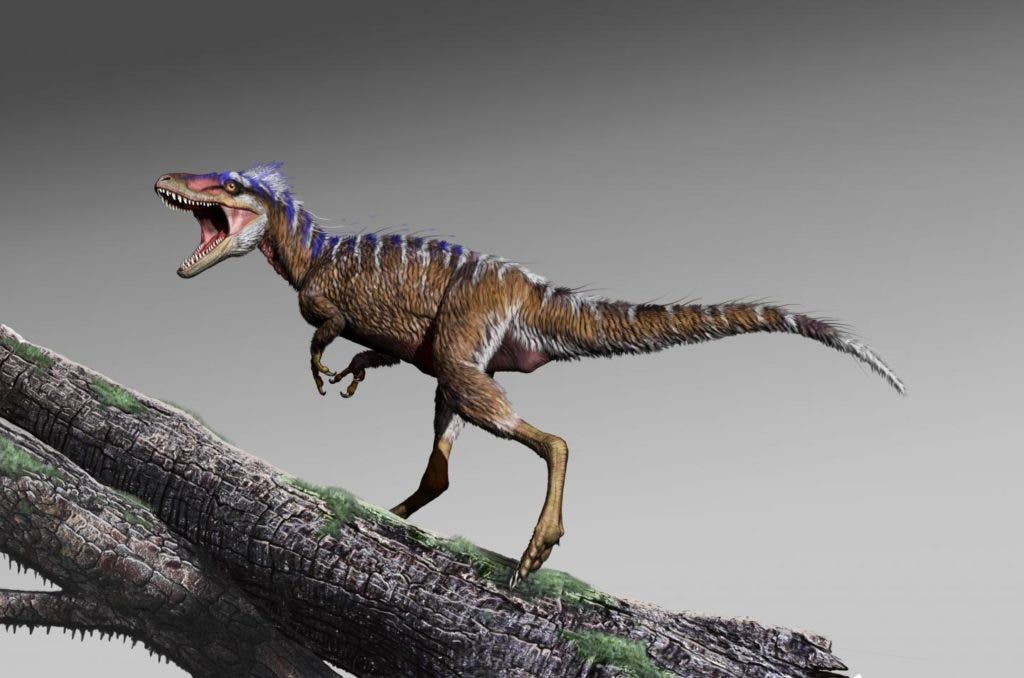Tyrannosaurus rex is in the public’s mind the ultimate apex predator during the age of the dinosaurs. It is true that few other dinosaurs were as fierce and well equipped to take down even some of the toughest game in prehistoric times as T. rex was. However, T. Rex was not born a king — the dinosaur had to climb up the evolutionary ladder and, just like everybody else, it started out from humble beginnings. The path T. rex took in order to become “the king of the dinosaurs” is still mysterious but thanks to the discovery of a 96-million-year-old ancestor, paleontologists are now filling the blanks.
“With a lethal combination of bone-crunching bite forces, stereoscopic vision, rapid growth rates, and colossal size, tyrant dinosaurs reigned uncontested for 15 million years leading up to the end-Cretaceous extinction – but it wasn’t always that way,” says Lindsay Zanno, paleontologist at North Carolina State University, head of paleontology at the North Carolina Museum of Sciences and lead author of the new study. “Early in their evolution, tyrannosaurs hunted in the shadows of archaic lineages such as allosaurs that were already established at the top of the food chain.”
The newly discovered tyrannosaur species, named Moros intrepidus, was found in Utah by a team of paleontologists at the North Carolina Museum of Natural Sciences and North Carolina State University. It stood just 3 feet to 4 feet tall and weighed about 170 pounds — about the size of T. Rex’s skull, which appeared about 15 million years later, during the Cretaceous.
That’s not to say that Moros intrepidus, which means “harbinger of doom,” was harmless. The fossils suggest that it was an extremely agile predator, easily capable of running down prey while avoiding confrontation with the top predators of day, such as allosaurs. Zanno estimates that their Moros was more than seven years old when it died, nearly fully grown.
“Although the earliest Cretaceous tyrannosaurs were small, their predatory specializations meant that they were primed to take advantage of new opportunities when warming temperatures, rising sea-level, and shrinking ranges restructured ecosystems at the beginning of the Late Cretaceous,” Zanno explained. “We now know it took them less than 15 million years to rise to power.”
The new study published in the journal Communications Biology documents a blank slate in the fossil record between the period when allosaurs dominated the planet’s surface and the time when T. rex made its appearance.
“When and how quickly tyrannosaurs went from wallflower to prom king has been vexing paleontologists for a long time,” Zanno said. “The only way to attack this problem was to get out there and find more data on these rare animals.”
“T. rex and its famous contemporaries such as Triceratops may be among our most beloved cultural icons, but we owe their existence to their intrepid ancestors who migrated here from Asia at least 30 million years prior,” Zanno says. “Moros signals the establishment of the iconic Late Cretaceous ecosystems of North America.”










